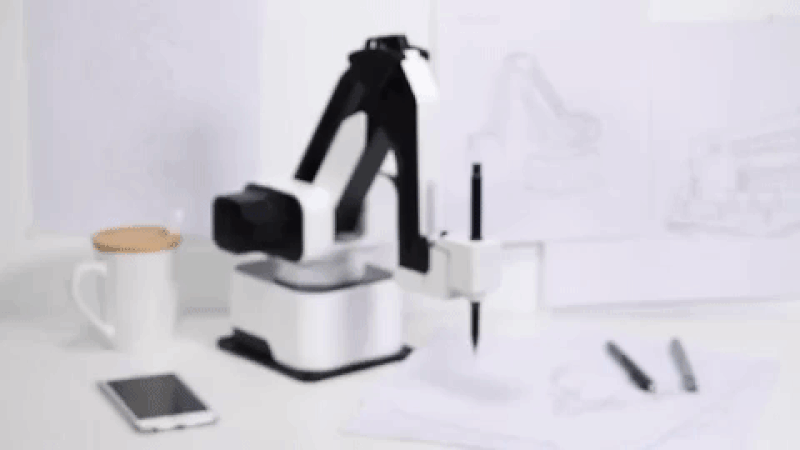The research laboratory of the Department of Computer Science of Neapolis University Paphos Intelligent Systems Lab in cooperation with Cypriot start-up company Robotics Lab has designed, created and presented at the Robotex Cyprus 2019 robotics competition a new type of robotic vehicle that can autonomously track and follow a black line using computer vision technologies and infrared sensors. The robot was designed, implemented and programmed as an attempt to present a new and innovative idea that fuses the input from a computer camera with the raw inputs of infrared sensors.
The proposed algorithm uses methods from closed-loop control theory, open-loop control theory, and Fuzzy Logic control theory. The importance of the aforementioned experiment lies in the fact that the researchers managed to implement the new technology in their autonomous robotic vehicle using a low-end 16 MHz microcontroller from an Arduino Nano board, a 60 frames per second camera produced by Pixy and an array of 8 analog Infrared sensors made by Pololu. The rest of the parts were either designed from scratch and 3D printed or designed and manufactured specifically for this project.
The robot competed and won the Line Following challenge during the ROBOTEX CY 2019 robotics competition in the Universities category, on a very difficult 20-meter long track. The robot also achieved the 3rd over-all fastest time in the competition that leads to a 3rd place in the Best of the Best category.
The ROBOTEX CY 2019 robotics competition took place this past weekend at the University of Cyprus Sports Center. This was the 3rd year in a row that the competition is held in Cyprus, with this year's competitors exceeding 1000 individuals.


